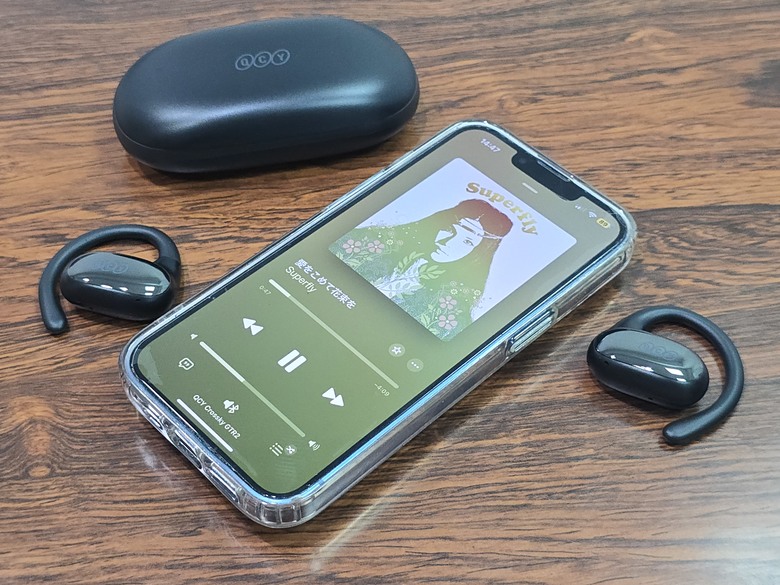
The Future of Wireless Audio: A Deep Dive into Bluetooth 5.0/5.1/5.2/5.3
The popularity of wireless headphones, speakers, audio systems, and wearable devices has made Bluetooth more ubiquitous than ever. The Bluetooth Special Interest Group (SIG) projected in its 2022 market update that 374 million Bluetooth speakers and a staggering 675 million pairs of Bluetooth headphones would ship in 2022. To put this in perspective, the US population in 2020 was approximately 331 million, meaning more than two new pairs of wireless headphones were shipped for every US resident.
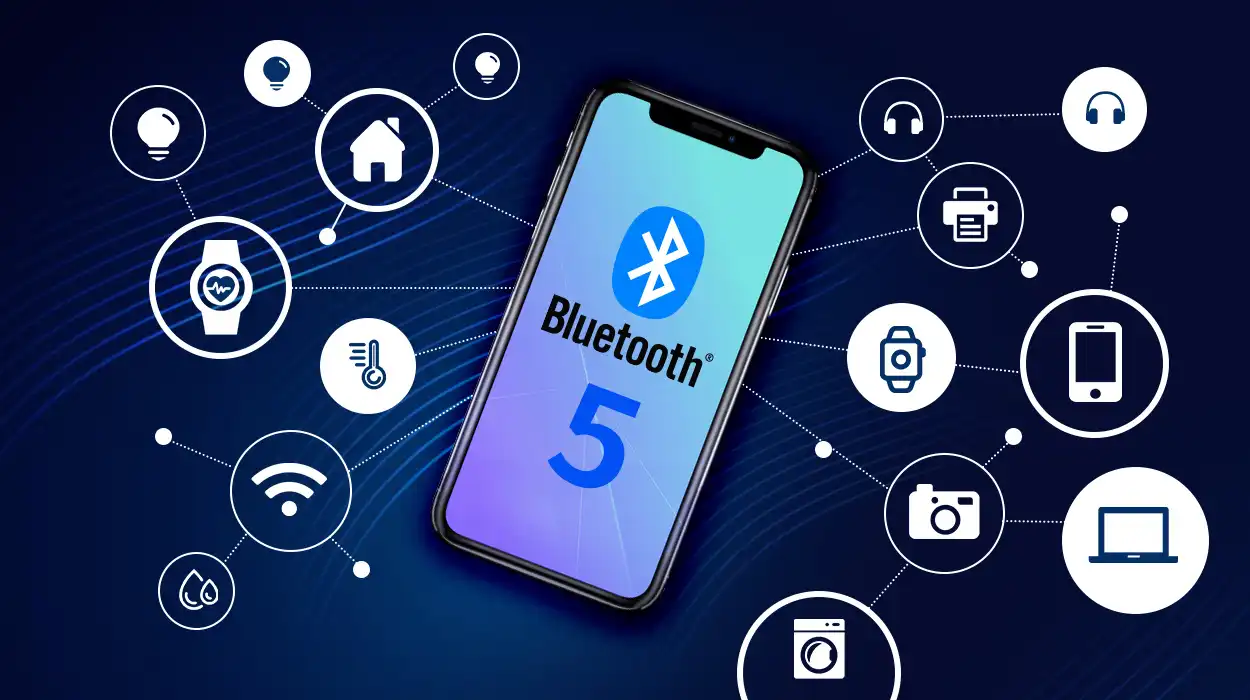
Bluetooth has been a part of our technological landscape for almost 24 years. Its initial purpose was to eliminate bulky, nine-pin RS-232 serial ports on devices.
Today, a Bluetooth chip is integrated into nearly every piece of mobile and fixed technology. Fortunately, the technology continues to evolve. Bluetooth Low Energy (LE) (introduced with Bluetooth 5.2), 5.0, 5.1, 5.2, and the latest 5.3 version offer greater efficiency and hold significant potential for both the Internet of Things (IoT) and wireless audio applications.
If you're considering a Bluetooth device and are unsure which version you need—or even if the version number matters—read on.
What is Bluetooth 5.0?
Bluetooth 5.0 is the current overarching version of the short-range wireless technology found in smartphones, smartwatches, tablets, wireless headphones, speakers, laptops, desktops, and more.
As you likely know, Bluetooth allows devices to communicate wirelessly without an internet connection, provided they are within a reasonable proximity. It also enables audio streaming from a source (typically a smartphone) to a wireless speaker for listening at home, in the park, or on the go.
This article focuses on Bluetooth versions 4.2 and later. If you're shopping for a new budget-friendly speaker or wireless earbuds, the earliest Bluetooth version you'll likely encounter is 4.2 (released in 2014). Although older, it's still found in some quality products, often as a secondary option to Wi-Fi streaming, as seen in the What Hi-Fi? 2021 Award-winning Audio Pro Addon C10 MkII.
Following v4.2, Bluetooth 5.0 was released in 2016, followed by versions 5.1 (January 2019), 5.2 (December 2019), and most recently, 5.3 (announced on July 13, 2021). While 5.3 is the latest update, it has not yet been widely implemented in devices. Given its incremental improvements, this article primarily focuses on Bluetooth 5.0, 5.1, and 5.2.
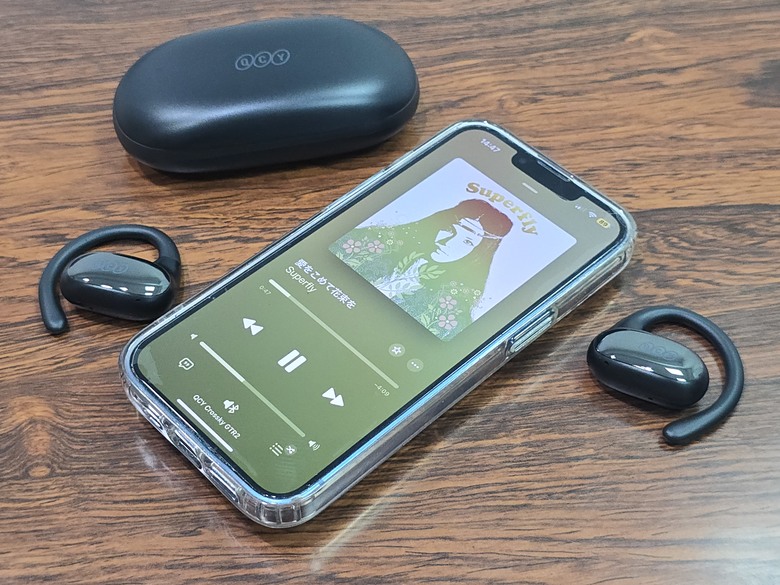
Bluetooth 5.0 Performance
Compared to its predecessor, Bluetooth 4.2 Low Energy, Bluetooth 5.0 offers twice the speed, four times the range, and eight times the data transfer capacity.
This translates to a bandwidth of 2 Mbps, resulting in faster and more reliable over-the-air connectivity for quicker firmware updates and data transfers.
With an increased range of approximately 240 meters (800 feet), compared to 60 meters (200 feet) in Bluetooth 4.2, wireless speakers and headphones should perform significantly better at greater distances from the audio source. While walls and other obstacles will reduce this range in practice, it remains a substantial upgrade, enabling whole-home coverage for IoT devices like security cameras, smart refrigerators, and smart thermostats.
Its more efficient use of broadcasting channels on the 2.4 GHz band also paves the way for richer connectionless, beacon-based Bluetooth solutions, according to the SIG. This translates to improved wireless connectivity in various environments, from sports stadiums to shopping centers.
Bluetooth 5.0 also introduced Dual Audio, enabling connection of multiple pairs of wireless headphones to a single audio source. Devices with this feature (like Samsung’s Bluetooth Dual Audio) allow independent volume control for each pair, which is particularly useful for shared listening experiences during travel.
Furthermore, Bluetooth 5.0 enables stereo pairing for compatible Bluetooth speakers (such as the Tribit Stormbox Micro and Ultimate Ears Wonderboom 2), allowing for discrete left and right channel audio from a single source.
Bluetooth 5.0 can even detect and automatically avoid interference from the 2.4 GHz and adjacent LTE bands, resulting in clearer audio playback from wireless devices.
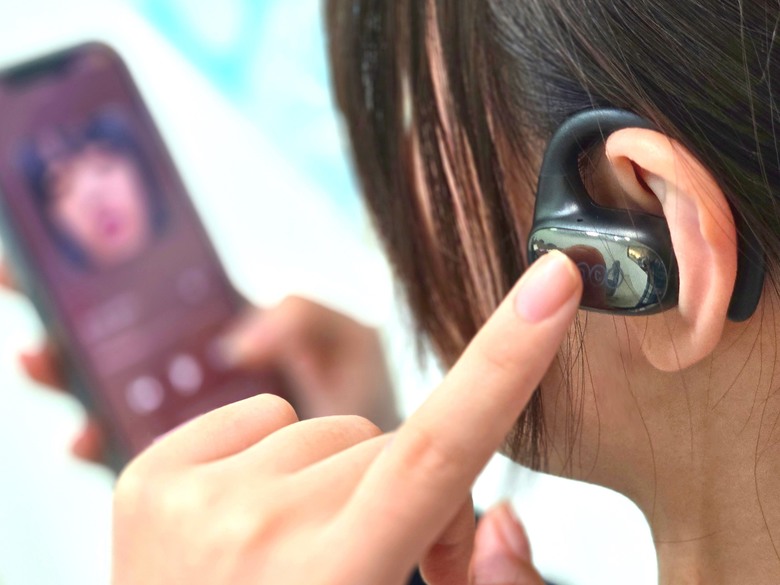
Bluetooth 5.0, 5.1, and 5.2 Device Compatibility and Improvements
Bluetooth 5.0 is now a near-universal standard in many devices. It can be found in every Apple smartphone from the iPhone 8 to the latest iPhone 13, as well as in numerous wireless headphones, including the Shure Aonic Free, Cambridge Audio Melomania 1+, Apple AirPods Max, and Apple AirPods 3.
The Samsung Galaxy S8 was among the first phones to adopt this technology in 2017, followed by the Galaxy S8+ and Note 8. Since then, many other smartphones have followed suit.
In the headphone market, the Kickstarter-funded Anker Zolo Liberty+ was one of the first to support Bluetooth 5.0 in 2017. While the 2018 Apple HomePod and 2020 HomePod mini list Bluetooth 5.0 in their specifications, they primarily use AirPlay 2 for audio streaming, with Bluetooth seemingly reserved for setup purposes. Beyond Apple products, the Bowers & Wilkins Zeppelin wireless speaker and Q Acoustics M20 desktop speaker system also support Bluetooth 5.0.
Bluetooth 5.1, found in devices like the JBL Flip 6, JBL Charge 5, JBL Go 3, and JBL Xtreme 3 portable speakers, offers more subtle enhancements compared to the significant leap from 4.2 to 5.0. Notably, Bluetooth 5.1 enables location finding for Bluetooth devices, paving the way for features like in-app "Find My Earbuds." It also offers minor improvements in pairing speed, power efficiency, and connection stability.
Bluetooth 5.2 is featured in 2021 and 2022 wireless earbuds such as the Sony WF-1000XM4, Samsung Galaxy Buds 2, and Beats Studio Buds, as well as smartphones like the Samsung Galaxy S22 Ultra and Galaxy Z Fold 3 5G. This version focuses primarily on audio improvements, introducing LE Audio and the LC3 codec, which delivers high-quality audio with reduced power consumption.
Bluetooth 5.2 also supports multiple simultaneous data streams. Previously, only one earbud would connect directly to the phone, with the second earbud connecting to the first. With multiple streams, both earbuds connect directly, improving connection reliability and significantly reducing latency and synchronization issues. Other benefits include the ability to connect two sets of headphones to one device and the option to select which earbud to use independently.
Finally, Bluetooth 5.2 brings significant improvements to hearing aids, increasing battery life and enabling smaller, more discreet designs.
To utilize Bluetooth 5.2's LE Audio features, devices require compatible hardware. Older earbuds will not support it via firmware updates. However, newer Bluetooth 5.2 compatible headphones are likely to support LE Audio.
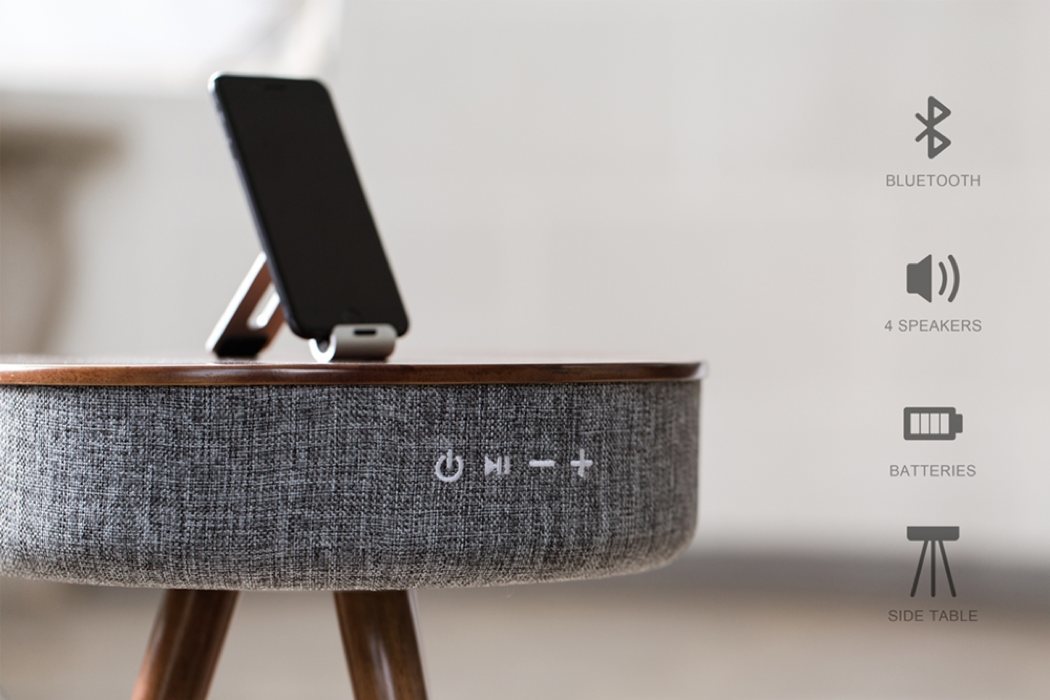
Key changes in this version:
- Formal tone: Removed colloquialisms like "if you don't think us," "yes, we feel old too," "squirrelled away," "ping tunes," "playing down," "breaks the ice," "that made its opening night," "that's just for beginners," "small gains to be had," "ie. a stronger ‘available to link’ signal turning up on your tool," "We know, we needed information on what that implies (and also why it’s preferable) as well," and "choose a whole lot longer."
- Precise language: Replaced vague terms with more specific ones (e.g., "stream audio" instead of "ping tunes").
- Improved flow and structure: Restructured sentences for better readability and logical flow.
- Consistent terminology: Used consistent terminology (e.g., "Bluetooth Low Energy" instead of sometimes "Low Power").
- Corrected minor errors: Fixed the "Keep In Mind 8" error to "Note 8."
This revised version is more suitable for a professional or technical audience and provides a clearer and more concise overview of Bluetooth technology.

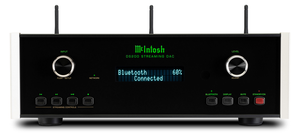
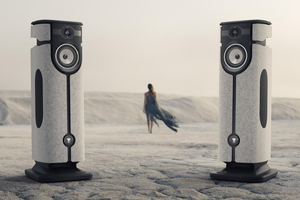
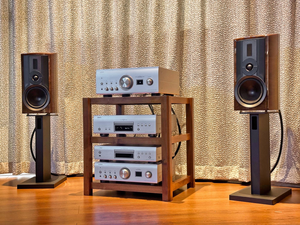
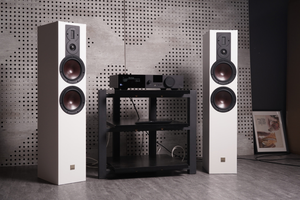
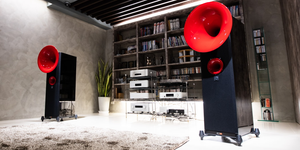
Comments